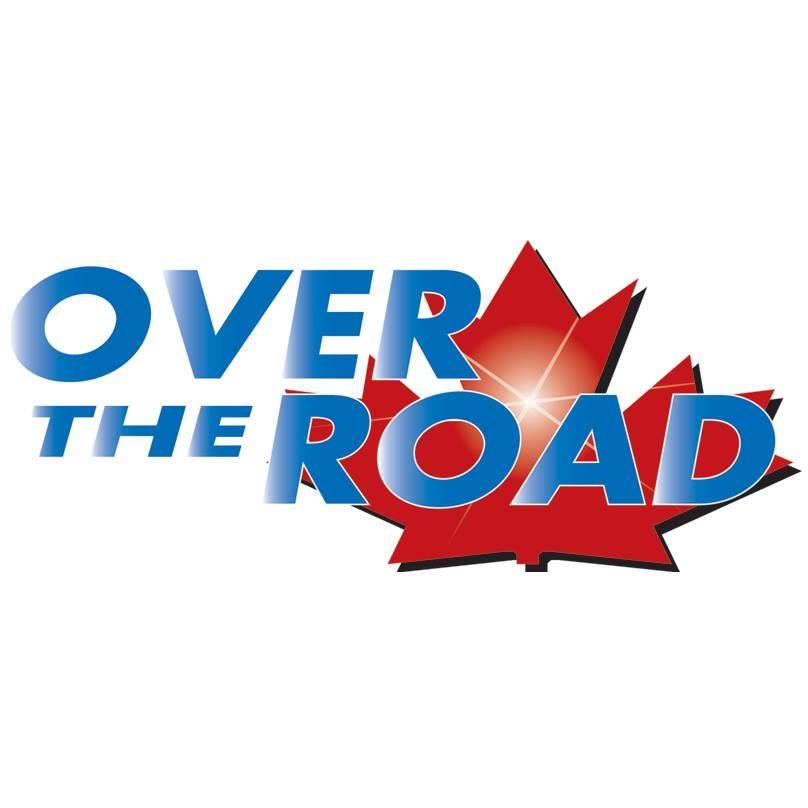Making Your Miles Count: Taxpayers “Fair Share”

The primary thing that changes your Canadian taxes is taxable income (not rates). Tax rates are determined by taxable income and are therefore static for every citizen (rate not income). If any citizen’s taxable income goes up/down the rates follow no matter who you are or what industry you are in.
The key to changing your tax bill is changing your taxable income. The primary methods (but not exclusive) for changing taxable income is: revenue/income, a tax deduction, a taxable benefit or a non-taxable benefit (hold your opinion on this last one till after this article).
If you’re an owner operator and you purchase $1,000 worth of tires your taxable income goes down by $1,000 (tax deduction). However, your actual tax bill may only go down $350+/- depending on what the total taxable income to date is.
Old Taxable income $152,000 $5,200
Tires 1,000- 1,000-
New Taxable income $151,000 $4,200
X tax rate X tax rate
Therefore, in managing your taxes the eye must be on the taxable income not the tax rate.
Unfortunately (or fortunately) there are different methods of coming to your taxable income conclusion. Let’s take a brief look at tax history in the trucking industry.
Back in the 1980’s trucking companies paid their long distance drivers several ways: rate per mile, flat fees, maybe hourly and finally a meal allowance per day to reimburse them for out of pocket travel expenses (sometimes long distance companies paid for hotel accommodations as well).
Employees would receive one check for their pay and another check for their meal expenses. Revenue Canada would classify their work pay as taxable income (and taxed accordingly) but their meal allowance pay as a “non-taxable benefit” (tax free). Incidentally, the meal expense check was 100% deductible for the trucking companies (for long distance drivers).
Ask any seasoned veterans in the industry. They should all remember the “good ol days” of meal allowances. When applying for jobs the typical line was “…so much per mile…plus so much per day meal allowance…”. The amount per day varied considerably $20-$30+.
This provided the average long distance driver about $6,500 per year in meal reimbursements. It was very fair since it represented a close estimate for actual out of pocket expenses in the 1980’s.
So… what happened?
Politically the government at the time desired to rid the industry of “non-taxable benefits” (for obvious reasons…. increasing taxes). They approached the industry and “sold” them the “non-refundable tax credit system” (known today as the TL2 simplified method). This system placed the travel cost reimbursements directly into the hands of the Canada Revenue Agency. The end result was easily manipulated by changes to several key points in the overall formula. It promoted large numbers which were cleverly converted into very small tax credits (non-refundable).
It was a widely promoted “NEW SYSTEM” (not really new, it was already being used by railway employees).
Today this system promotes $51.00 per day but only a $13.60 result (average best province result). This $13.60 is AFTER the generous raise in 2007-2011 of 50%-80%. This means today, that drivers either survive off $13.60 per day in meals or subsidize their employment from their own pockets.
So, who PAYS an industry to perform an industry job? It’s kinda upside down… don’t you think?
Which employees subsidize their employment with their own after tax money… paying to work? Well, truckers for one.
This tax affect must be considered in the definition of paying our “fair share”. It’s with this concept in mind (as well as several other concepts) many drivers push back at their annual tax bill.
There is a simple solution. Return to the 1980’s. Return back to the non-taxable benefits. Negotiate your own “…estimated re-reimbursement for job related costs…”.
It’s not as simple as standing on a chair and saying so, it requires careful planning and negotiation (most easily performed as a lease/owner operator).
If you wish to hear more about it visit our website, my blog, or read my book, which details the two very different systems and end results. I also have a seminar available for those with downloading capabilities.
In the trucking industry taxpayers “fair share” is all about defining taxable income and non-taxable benefits.
